The lifespan of animals varies greatly, with some living for over 100 years and others only living for a few hours. In this article, we will explore the top nine animals with the shortest lifespan.
Many of the animals on this list are fish, reptiles, and rodents, while others are insects that only live for 24 hours. The worker bee has one of the shortest lifespans on our list of the top nine animals with the shortest lifespan.
You are reading: The Top 9 Animals With The Shortest Lifespan
A small rodent on this list is considered a pest and at risk of being killed wherever it makes its home. It also has a lot of natural predators!
A reptile listed here has a natural life cycle it moves through to keep its population thriving in Madagascar.
Read on to discover the specific facts connected to each of these nine animals categorized as having the shortest lifespan.
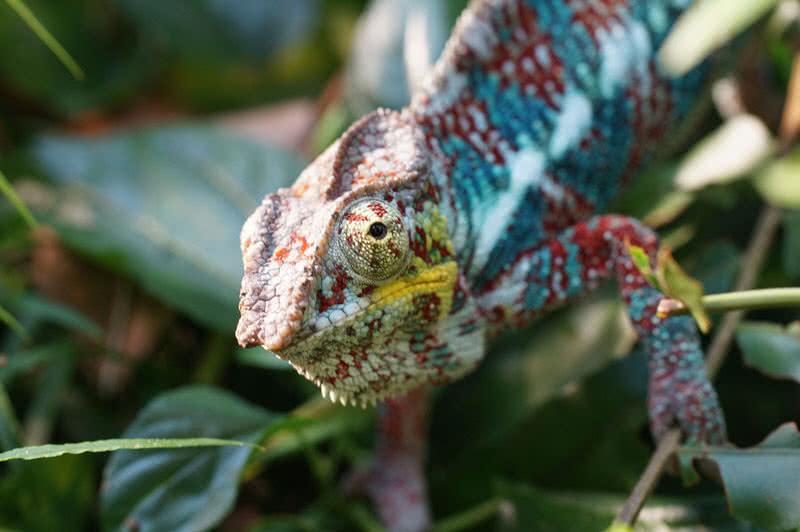
The Top 9 Animals With The Shortest Lifespan
Mayfly – 24 hours
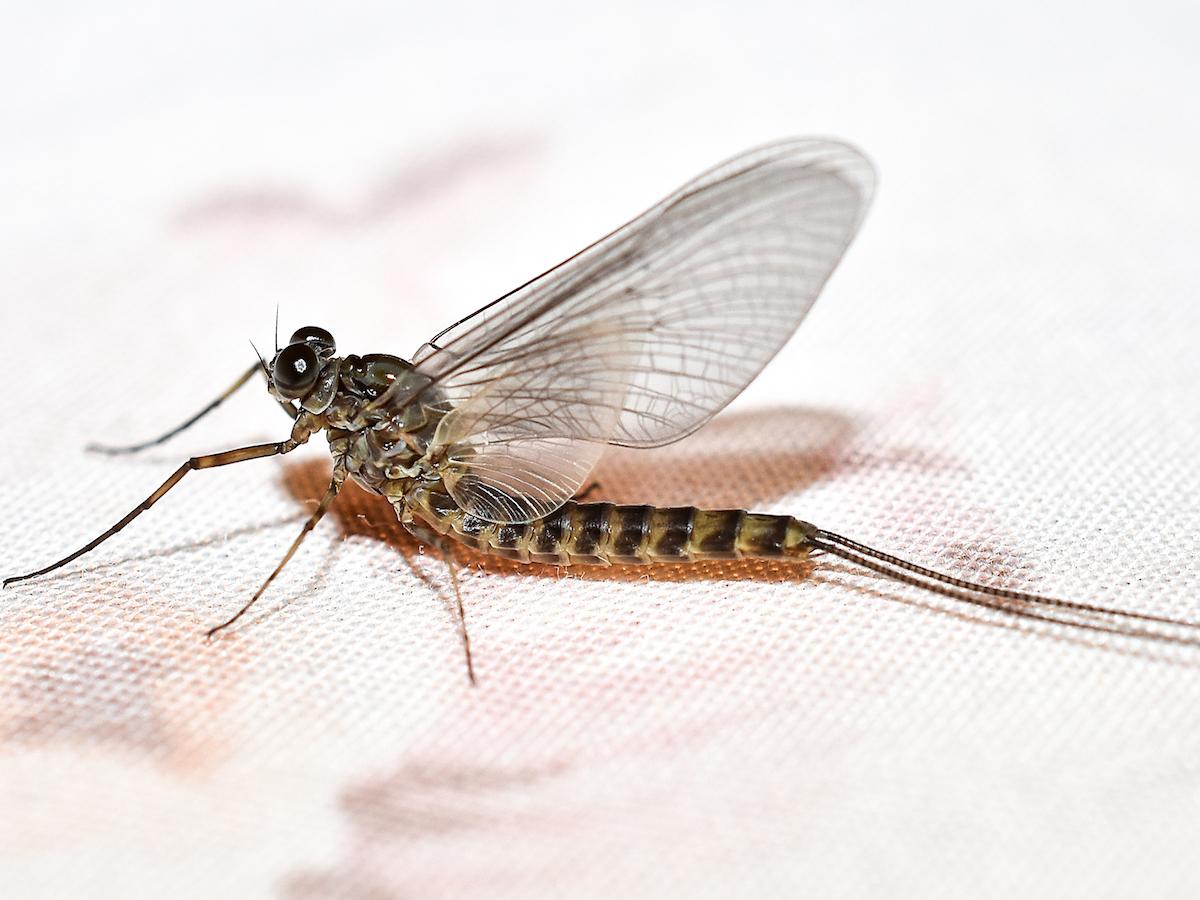
Mayflies are insects that belong to the order Ephemeroptera. They are known for their incredibly short lifespan, with some species living for only 24 hours.
Mayflies are hemimetabolous, which means they have “incomplete metamorphosis”. They are unique among insects in that they moult one more time after acquiring functional wings.
This last-but-one winged instar usually lives a very short time and is known as a subimago, or to fly fishermen as a dun.
Mayflies at the subimago stage are a favourite food of many fish, and many fishing flies are modelled to resemble them.
The subimago stage does not survive for long, rarely for more than 24 hours. Mayflies spend most of their lives in the water as nymphs and then emerge as adults for only a short while.
Adults will live only a day or so, but the aquatic larvae lives for about a year. Dolania americana has the shortest adult lifespan of any mayfly: the adult females of the species live for less than five minutes.
Drone bee – 2 months
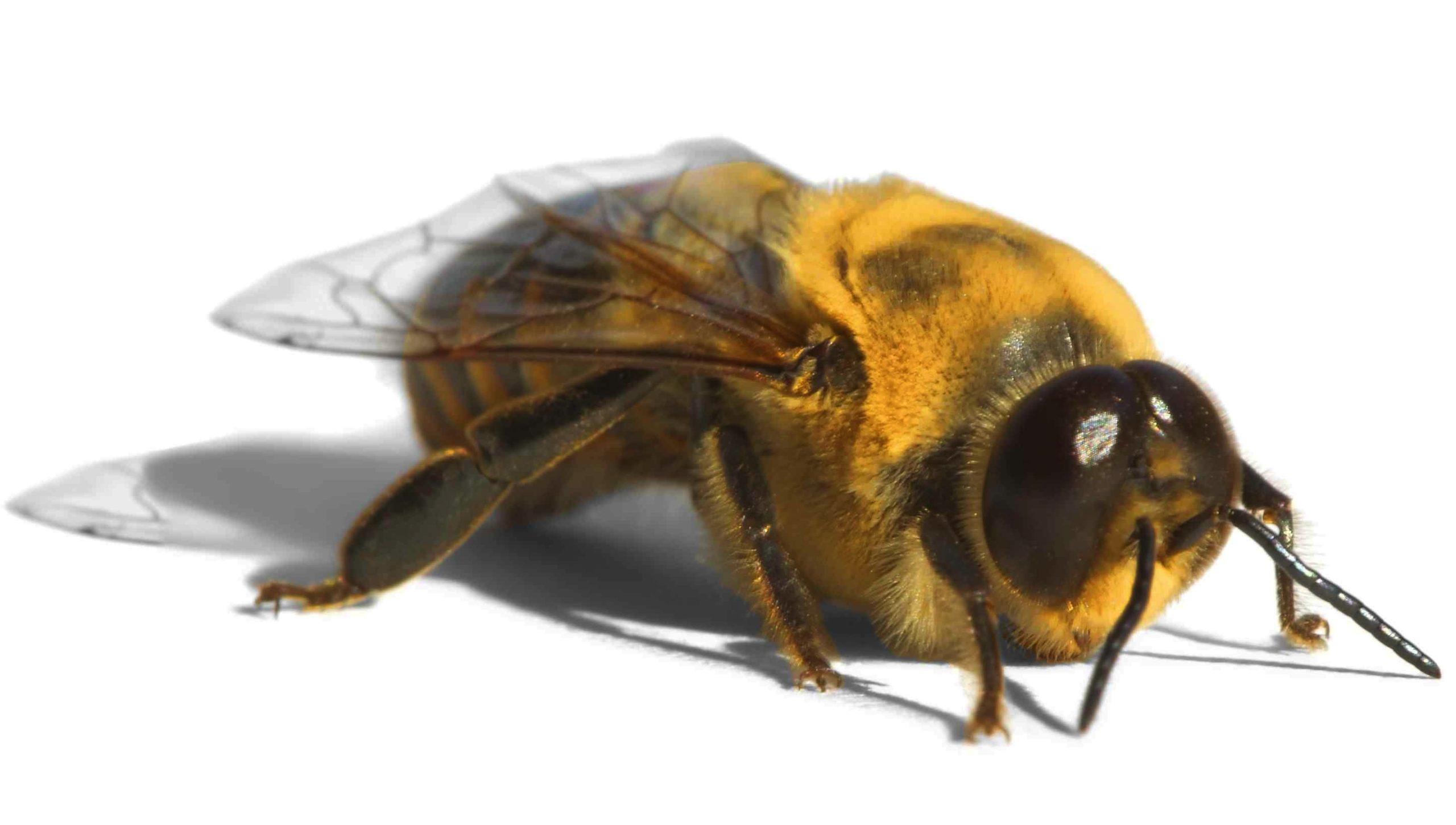
Drones are male honey bees that play a vital role in the survival of honey bee colonies. Unlike female worker bees, drones do not have stingers and are unable to gather nectar or pollen.
Their primary role is to mate with a virgin queen bee during a nuptial flight, which is essential for the genetic diversity of the colony.
Drones have huge eyes compared to queen and worker bees, which help them to spot young queens on nuptial flights. They also have massive flight muscles that allow them to chase after queens at speeds of up to 35 kilometers per hour.
Drones are haploid, meaning they have only half the chromosomes of worker bees or queen bees. They are reared from an unfertilized egg and have no father but a grandfather.
Drones have a lifespan of about two months.
Mosquitofish – 2 to 3 years
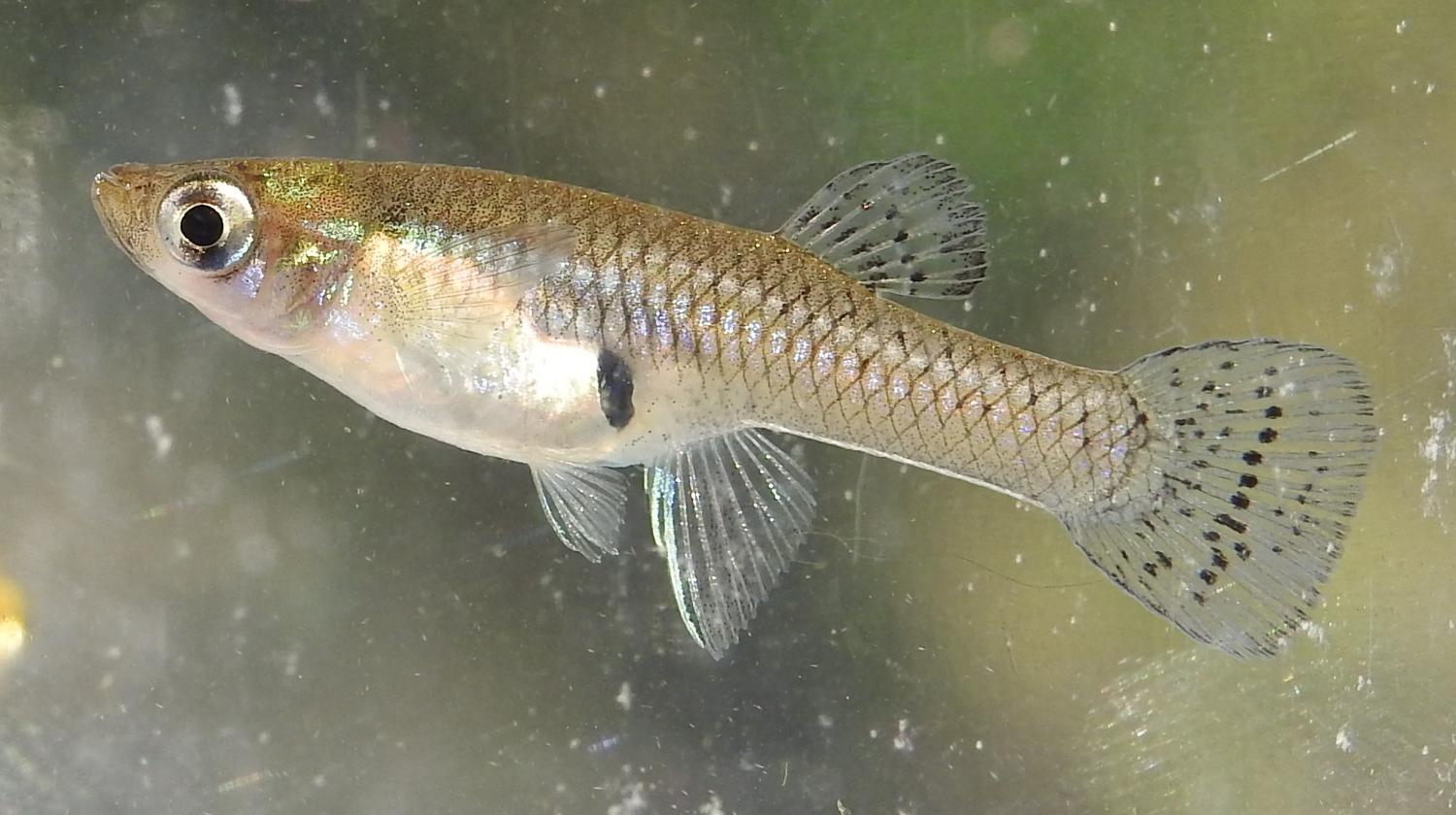
Mosquitofish are small freshwater fish that are commonly used for mosquito control. They are native to the southern United States and Mexico but have been introduced to many other parts of the world. Mosquitofish give birth to live young, rather than laying eggs.
Read more : 12 Types Of Aquarium Fish
The average lifespan of a mosquitofish in the wild is 6 months to 1.5 years. However, mosquitofish kept as pets can live much longer, with owners reporting lifespans of over three years.
The lifespan of mosquitofish is dependent on various factors such as temperature, resources, and predation.
Mosquitofish are ovoviviparous, meaning they give birth to live young that develop inside eggs that remain inside the mother’s body until they hatch. Female mosquitofish can produce up to 3-5 broods per year, and each female can give birth to 60-100 fry per brood.
Mosquitofish start eating mosquito larvae at birth and are known for their ability to consume large quantities of mosquito larvae. However, they can suffer mortality if fed only mosquito larvae, and survivors of this diet show poor growth and maturation.
House mouse – 1 year
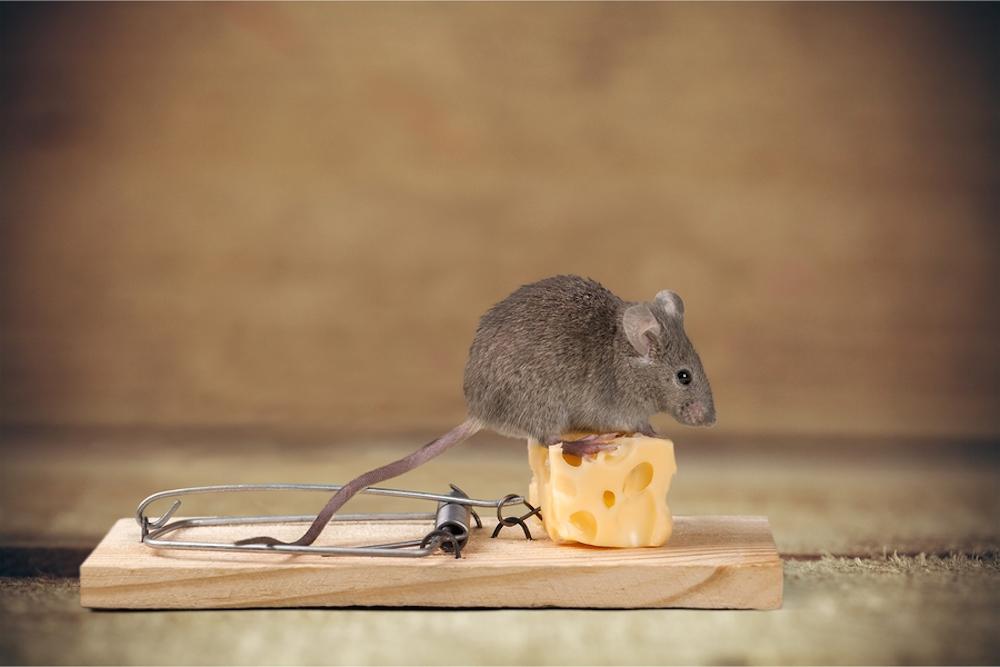
House mice (Mus musculus) are small rodents that are found all over the world. They are known for their ability to thrive in human environments, such as homes, barns, and other structures.
House mice are mostly crepuscular or nocturnal, and they are averse to bright lights. They live in a wide variety of hidden places near food sources and construct nests from various soft materials.
Mice are territorial, and one dominant male usually lives together with several females and young. Dominant males respect each other’s territories and normally enter another’s territory only if it is vacant. Female house mice have an estrous cycle about four to six days long, with estrus itself lasting less than a day.
House mice usually live less than one year in the wild, due to a high level of predation and exposure to harsh environments.
However, in protected environments, they often live two to three years. If a house mouse is a pet, the average lifespan is about two years, but mutant and calorie-restricted captive individuals have lived for as long as five years.
In the wild, most mice do not live beyond 12-18 months.
Panther chameleon – 1 year
The panther chameleon (Furcifer pardalis) is a species of chameleon found in the eastern and northern parts of Madagascar in a tropical forest biome. It is known for its bright and vibrant colors, which can adapt to its surroundings and moods.
Panther chameleons are diurnal, slow-moving (except for their tongues), territorial with other chameleons, docile, and quiet reptiles. Their moods are often reflected in their colors, but the color-changing magic that these lizards are so well known for does not develop right away.
Panther chameleons must be sexually mature, which is between 5 and 9 months of age, before they are able to change colors rapidly. Panther chameleons are the most commonly bred species in the chameleon community. Males are larger (15 to 20 inches total length) with a wider range of colors than females.
When purchasing a panther chameleon, make sure it has been captive-bred. Panther chameleons have a lifespan of about one year.
Labord’s chameleon – 4 to 5 months
Labord’s chameleon (Furcifer labordi) is a lizard found only on the island of Madagascar, and it is the first reptile species known to have an annual lifecycle.
Labord’s chameleon has an obligate year-long lifecycle, and it spends more of its short annual life cycle inside the egg than outside of it. Among the world’s 28,300 species of tetrapods, only a handful share this trait, but Furcifer labordi exhibits the shortest observed lifespan of any documented tetrapod species.
Labord’s chameleons have a lifespan of about four to five months, making them the shortest lifespan of any reptile. The species’ post-hatching life span is just four to five months, and it spends most of its life cycle inside the egg.
The researchers say the species discovery may not only explain why pet chameleons die notoriously quickly, but also shed light on hormonal determinants of aging, longevity, and senescence.
Giant Sunda rat – 12 to 18 months
The mountain giant Sunda rat, also known as the giant mountain rat or giant rat of Sumatra, is a large rat that is found in southeastern Asia, especially Indonesia and Malaysia.
The rat is mostly dark brown with paler brownish specks, and its long fur is covered with even longer guard hairs. The tail is uniformly brown. The mountain giant Sunda rat is somewhat larger than a Norway rat, which averages around 300 grams, with 500 grams being unusually large.
Read more : 10 Types Of Amazing Green Lizards
The mountain giant Sunda rat has a total length of 480 to 640 millimeters (19 to 25 inches) and weighs 230 to 600 grams. This species lives in forested mountains, between 700 and 2400 meters.
The species is omnivorous. Müller’s giant Sunda rat (Sundamys muelleri) is another species of giant rat in the same genus as the mountain giant Sunda rat.
Müller’s giant Sunda rat is found in Indonesia, Malaysia, Myanmar, the Philippines, and Thailand. Müller’s giant Sunda rat has a lifespan of only 0.5 to 1 year.
Sign Eviota fish – 2 weeks
The Sign Eviota fish (Eviota sigillata) is a tiny coral reef fish that completes its entire life cycle within an eight-week period. This species has the shortest lifespan of any vertebrate, living for at most 59 days.
The Sign Eviota fish spends three weeks in the open ocean as a larva, then settles on a coral reef and matures within one to two weeks. Time spent as an adult (11 mm to 20 mm in length) is no more than three and a half weeks.
The age of the species was determined by examination of daily growth rings in the otoliths of 319 specimens.
The Sign Eviota fish occurs in tropical inshore and coral reef waters of the Indo-West and Central Pacific.
In the wild, the average lifespan of a mosquito fish is 6 months to 1.5 years. In captivity, they have been known to live considerably longer.
Paedophryne amauensis frog – 2 to 3 months
The Paedophryne amauensis is a species of microhylid frog that is endemic to eastern Papua New Guinea. It is considered the world’s smallest known vertebrate, measuring only 7.7 mm (0.30 in) in snout-to-vent length.
The frog lives on land, and its life cycle does not include a tadpole stage. Instead, members of this species hatch as ‘hoppers’: miniatures of the adults. The lifespan of the Paedophryne amauensis is estimated to be approximately one year, which is typical for similar species.
These frogs are crepuscular and terrestrial, and they inhabit tropical wet-forest leaf litter to compensate. They can be primarily heard calling at dawn and dusk from the leaf litter of primary forests.
The calls consist of a continuous series of high-pitched notes that last from 2 – 14 ms, are produced at a rate of 1.5 notes per second, and have a dominant frequency ranging from 8400 – 9400 Hz. The calls last for 1 – 3 minutes with a brief rest of 3.3 – 40.8 seconds before starting again.
FAQS
1. What is the shortest lifespan of any vertebrate?
The Sign Eviota fish has the shortest lifespan of any vertebrate, living for only two weeks.
2. What is the shortest lifespan of any reptile?
The Panther chameleon has the shortest lifespan of any reptile, living for only one year.
3. What is the shortest lifespan of any frog?
The Paedophryne amauensis frog has a lifespan of approximately one year, which is typical for similar species.
4. What is the shortest lifespan of any mammal?
The Giant Sunda rat has the shortest lifespan of any mammal, living for only 12 to 18 months.
5. What is the shortest lifespan of any insect?
Mayflies have the shortest lifespan of any insect, living for only 24 hours.
6. What is the shortest lifespan of any fish?
The Sign Eviota fish has the shortest lifespan of any fish, living for only two weeks.
7. What is the shortest lifespan of any bird?
The Ruby-throated hummingbird has an average lifespan of only 3-5 years, making it one of the shortest-lived birds.
8. What is the shortest lifespan of any dog breed?
The Bernese Mountain Dog has the shortest lifespan of any dog breed, living for only 6-8 years.
9. What is the shortest lifespan of any rabbit breed?
Domestic rabbits have an average lifespan of 8-12 years, making them one of the shortest-lived rabbit breeds.
10. What is the shortest lifespan of any guinea pig breed?
Guinea pigs have an average lifespan of 4 years, making them one of the shortest-lived guinea pig breeds.
Source: https://petstutorial.com
Category: Animals










